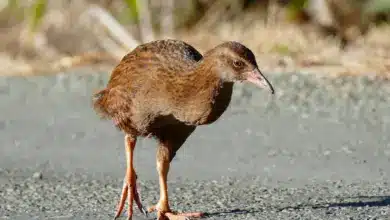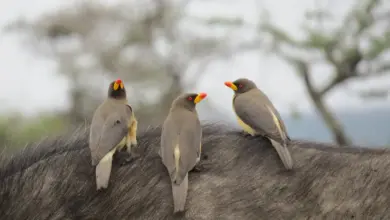Bodinus Amazon (Amazona festiva bodinis)
The Bodinus Amazon (Amazona festiva bodinis) is common in its range, which stretches from Central Venezuela along Orinoco to Rio Meta; north-western Guyana, preferring forest and secondary vegetation areas along rivers and forested islands within river systems.

Breeding / Nesting
Breeding pairs average three eggs in a clutch. The incubation period is about 28 days long.

Description:
Like the Festiva Amazon Parrot, this amazon averages 13.5 ins (34 cm) in length. They have a blackish bill and their plumage is also similar to that of the Festiva Parrot — except it has a more yellowish plumage.
They have a red band to the ad which extends to the forecrown. The crown and nape (back of the neck) are edged with dull lilac.
The lores (the regions between the eyes and the bill on the side of a bird’s head) are blackish, the cheeks are suffused with blue and the primary wing feathers are green.
Little information about this bird in captivity is known, except that it is a relatively noisy bird, somewhat shy in the beginning but grows more confiding over time.
They have a quiet temperament but can get excited and agitated. They are very heavy chewers and their need to chew needs to be accommodated with a steady supply of fresh branches.
They are not hardy and proper care should be undertaken to ensure that they are not exposed to temperatures below 41°F ( 5°C) until they have been properly acclimatized.
Housing:
Accommodation should be of metal construction. Outside flights are preferred with a minimum space requirement of 12 x 5 x 6 ft (4 x 15 x 2 m) with an adjacent shelter of 5 x 3 x 6 ft (1.5 x 1 x 2 m).
Diet:
Bodinus Amazon natural diet consists of fruits, seeds, berries, nuts, flowers, and leaf buds.
Captive birds may be fed a good quality seed mix of safflower, sheat oats, hemp seeds*, dried rowan berries; buckwheat and mungo beans; sprouted sunflower; some pine-nuts; various fruit and vegetables; half-ripe maize; rose-hips; greenfood; in addition to the regular vitamin and mineral supplements. (*Hemp seeds are often referred to as “super-seeds” as they offer a complete amino acid profile, have an ideal balance of omega 3 and 6 fatty acids, and provide an impressive amount of trace minerals – they also have the highest concentration of protein in the plant kingdom.)

More Amazon Parrot Information
- General Information about Amazon Parrots
- Amazon Parrots as Pets
- Amazon Parrot Species
- Amazon Parrot Photo Gallery
- Amazon Health Problems / Diseases
- Amazon Diet & Nutrition
- Incubation Data



